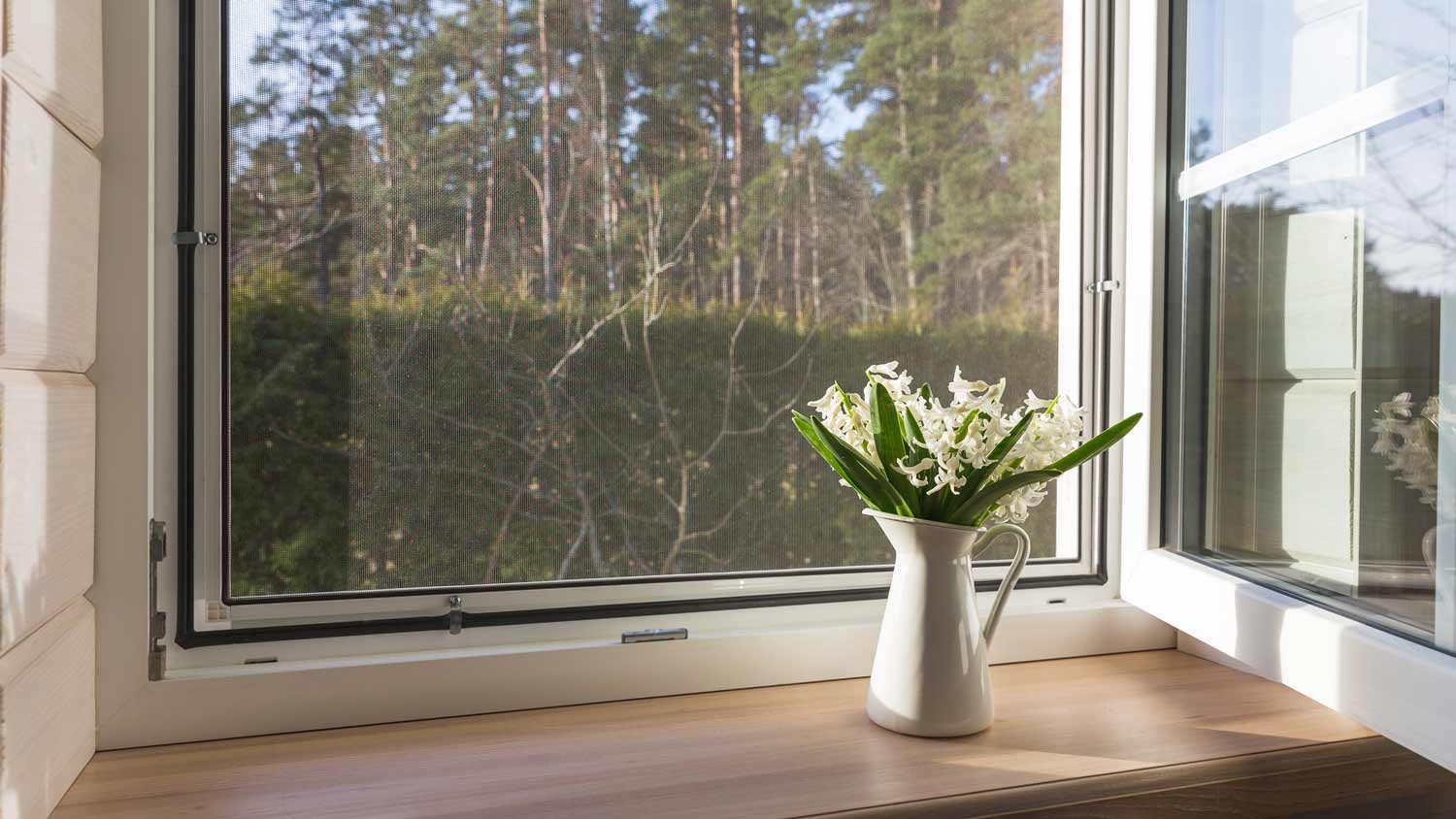How to Adjust a Door Closer Easily
Get some proper closure


- Screwdriver or hex key
A door closer is a mechanism that ensures a door automatically closes behind someone when they’ve entered a room. Having a door closer can prevent damage to the door and promotes safety and security in case of events such as a fire. That being said, knowing how to adjust a door closer is essential in ensuring that it continues to function properly and you don’t have to pay the full door repair cost to do so.
Prepping to Adjust Door Closer
Before you make any adjustments to your door closer, it is important to inspect it to see if it needs to be replaced. If you notice any oily stains or leaks surrounding the door closer, this means that the seal for the door closer is broken and it needs to be replaced. You won’t be able to simply make adjustments to fix a broken door closer. Instead you should contact a door repair professional near you to determine the next steps.
Remove the Cover
 Photo: Andrey Popov / Adobe Stock
Photo: Andrey Popov / Adobe StockWhile there are a few different types of door closers, surface mounted closers are the most common and the process of installation—or adjusting—isn’t that much different as if you were completing, say, a storm door closer installation.
The first step in how to adjust a door closer is to remove the cover. Removing the cover will let you access the necessary screws. Some covers are held on by screws, so you’ll need to grab a screwdriver to unscrew them and remove the cover. Others are holding on simply by tension, in which case you can just pull the cover off.
Close all the Hydraulic Valves
Now that the cover is off, you’ll need to close all the hydraulic valves by turning them clockwise until they stop. This will reset your valves in a sense before you make specific adjustments.
Make Small Adjustments to the Screws
 Photo: Andrey Popov / Adobe Stock
Photo: Andrey Popov / Adobe StockThis next step is probably the most important in how to adjust a door closer. Using your screwdriver or hex key, make small—approximately 1/8 of an inch turn— adjustments to the screws to set the door closure’s speed and force. Turning the screws counterclockwise increases the speed and force, whereas turning them clockwise decreases the speed and force.
There are three components of the door closer that will need to be adjusted—the back check, latch speed, and swing speed. The back check is responsible for the door’s resistance when being opened, the latch speed is responsible for the force the door closes at when it is four or five inches away from being fully shut, and the swing speed controls how long it takes the door to fully swing closed.
It’s important to keep these roles in mind as you make door closer adjustments as they’ll inform how much you should be turning the screws.
Test the Door
The final step in making your door closer adjustments is to test the door. You may have to do this step a couple of times, as you open and close the door and determine if it's working as desired. Feel free to make small tweaks as needed to ensure everything is working properly.
Once your test is done and you're satisfied with the speed and force of closure, make sure to put the cover back on if your door closer has one, and you’re now good to go.
Frequently Asked Questions
Some of the most common problems with door closers include leaking hydraulic fluid and loose or missing screws. They also can cause damage to door frames and hinges over time if not properly installed or maintained. This might look like warped doors, misaligned hinges, or even shattered glass doors from improper closure. To avoid having to pay the cost to replace a door frame, you should monitor your door closer and ensure it’s working properly over time
There are a few reasons why your door may not be shutting all the way. It could be that the door closer is undersized, hydraulic fluid has leaked, the valve seals are worn out, or the springs are broken. If adjusting your door closer as outlined above does not solve the issue, you may need to replace it completely.
The L marking on a door closer stands for latch speed and the S marking stands for swing speed. These two letters inform what part of the door closer you may be adjusting. The latch speed being the short final swing the door makes before closing and the swing speed being the long swing of the door when closing.















